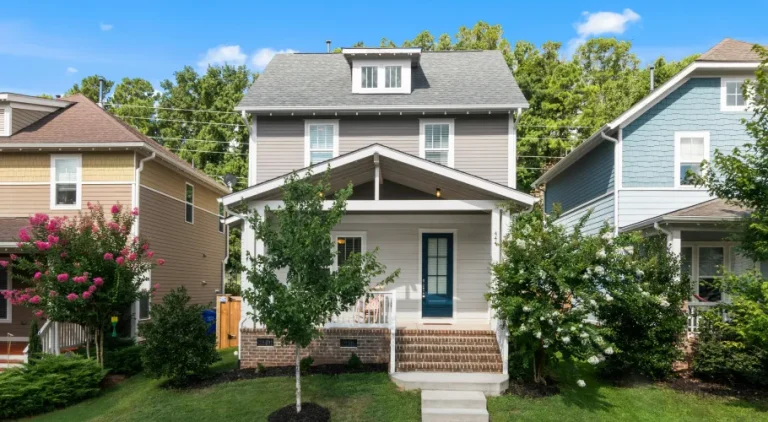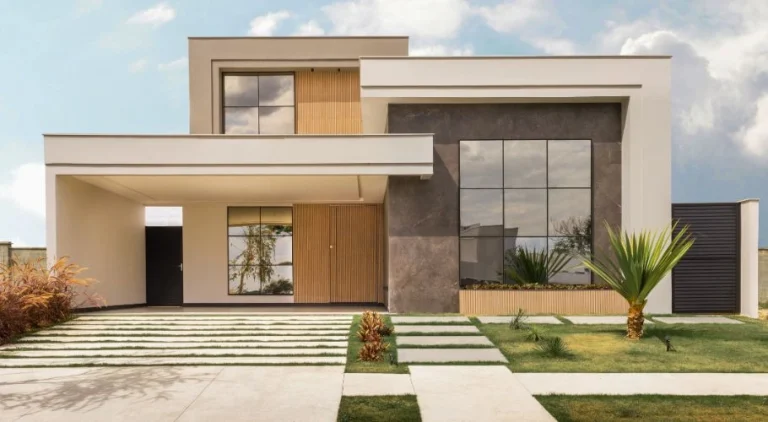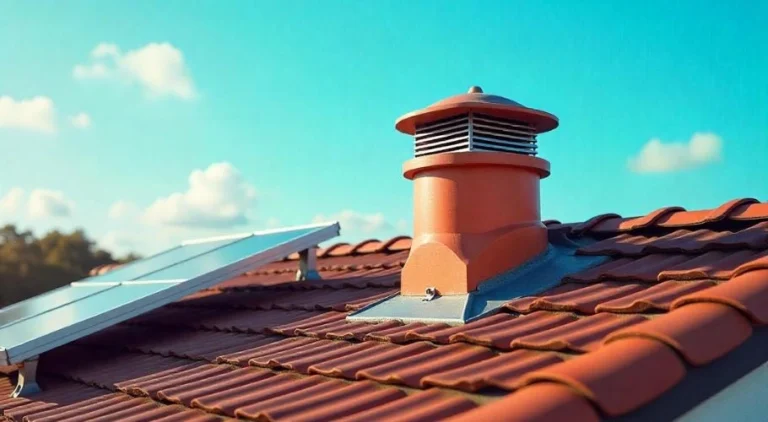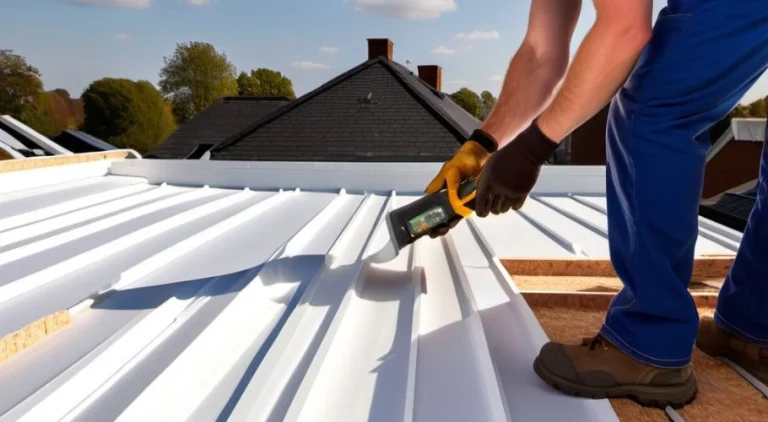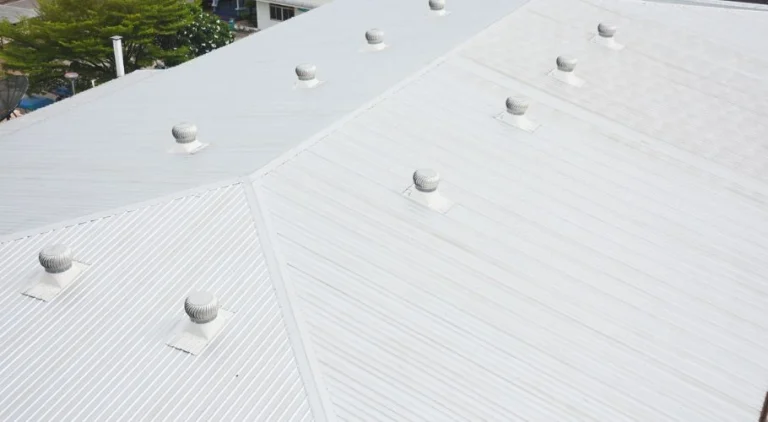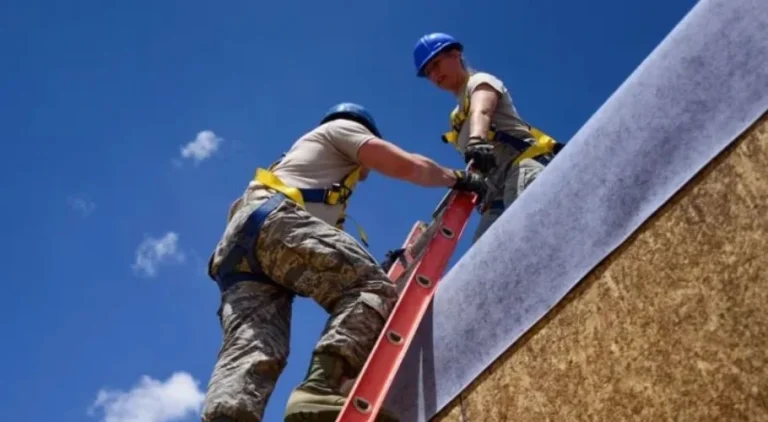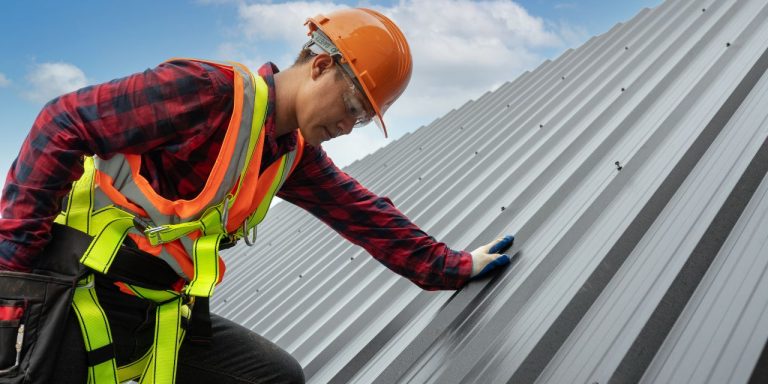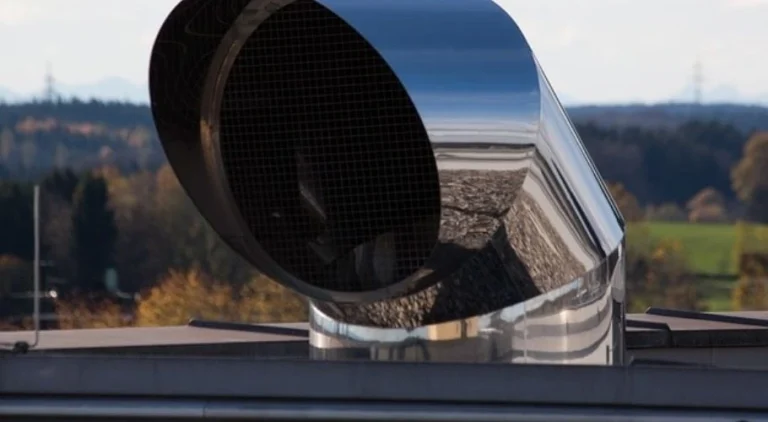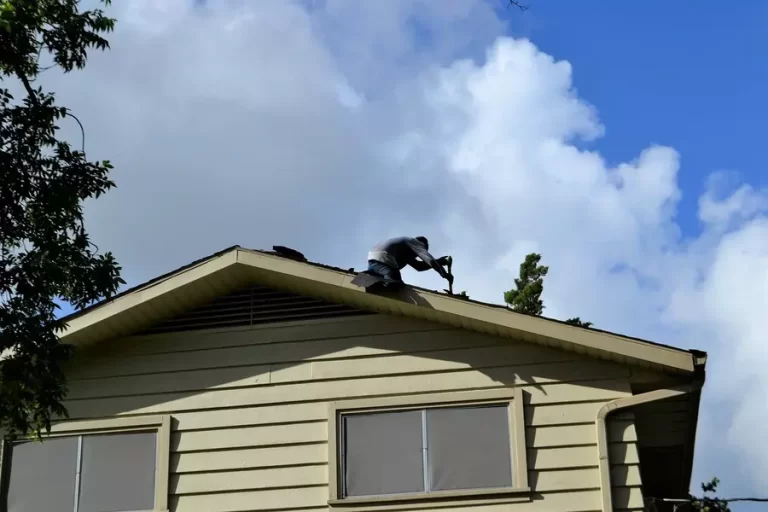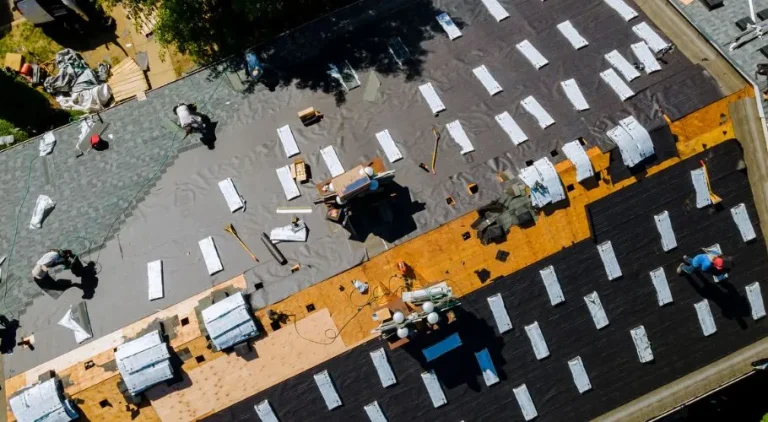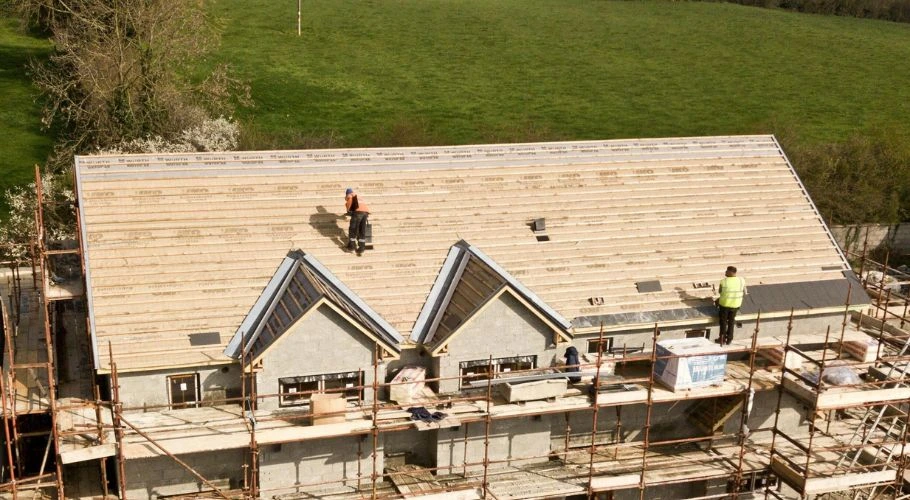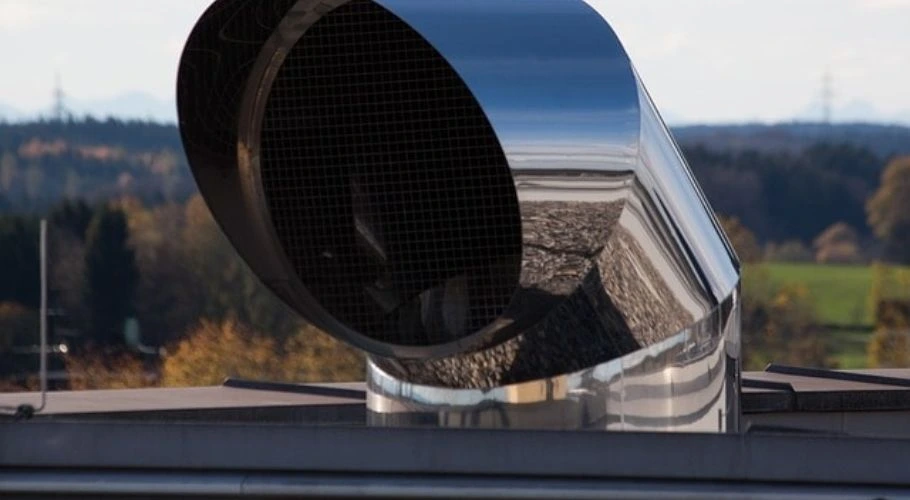
How to Upgrade Your Roof Ventilation System
Inadequate ventilation can compromise your home’s energy efficiency and shorten your roof’s lifespan. So, if your old box vents just aren’t doing it anymore, you’re probably wondering how to upgrade your roof ventilation system. Robbins Roofing is here with a quick, comprehensive guide to help you get started!
Why Are Roof Vents Important?
Simply put, roof vents and attic ventilation systems let your attic and the rest of your home breathe. More specifically, ventilation prevents heat and moisture buildup in your attic space. Without it, cold and hot air can get trapped there, depending on the season. Aside from making your home uncomfortable, it also slowly damages the structure as time passes.
A good ventilation system helps with:
Keeping your roof cooler so shingles last longer.
Preventing condensation and moisture buildup that can lead to moisture damage, mold, mildew, and rot.
Cutting down on your electricity bill by reducing how hard your AC or heater has to work.
Stopping ice dams in colder months by keeping attic temperatures consistent with the outside air.
Protecting the insulation from getting soggy and ineffective.
When Is It Time to Upgrade?
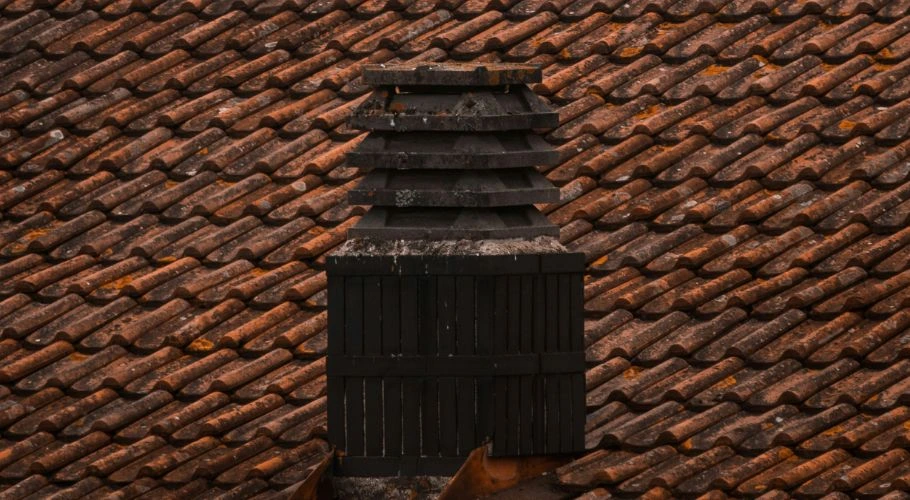
Some homes were built without much thought regarding proper roof ventilation and attic airflow. Some homes have vents, but not enough of them. Others have the wrong kind. And sometimes, they’re there, but completely blocked by insulation or debris.
To figure out if your roof ventilation needs help or a full upgrade, keep an eye out for these signs:
1. Your Attic Is Extremely Hot During Hot Summer Days
Attics will always be warmer than your living space, but too much hot air rising up there and getting trapped is bad news. That just means the warm air isn’t moving, leaving your attic in extreme temperatures.
2. There’s Mold, Mildew, or Musty Smells
Moisture loves a poorly ventilated attic. If you’re spotting fuzzy stuff on the wood or smelling something particularly funky, it’s probably because humid or moist air is getting stuck with no way to escape.
3. Your Roof Shingles Are Aging Faster Than Expected
Are your shingles curling? Cracking? Losing granules way too early? That might be caused by heat from underneath, baking them from the inside. Proper ventilation allows a natural flow of cool air in your attic space, which prevents such issues.
4. Ice Dams Show Up During Winter Storms
Even here in Oklahoma, cold snaps can dump enough snow to cause ice dams, which are thick ice ridges that form at the edge of the roof. If your attic is too warm, it melts the snow on the roof, which refreezes near the edges and causes leaks. Proper airflow can help keep that from happening.
5. Your Energy Costs Are Too High
If your air conditioner or heater seems to be running constantly, but your house still doesn’t feel right and your energy bills are high, poor attic air flow might be the cause.
Things to Think About Before You Upgrade
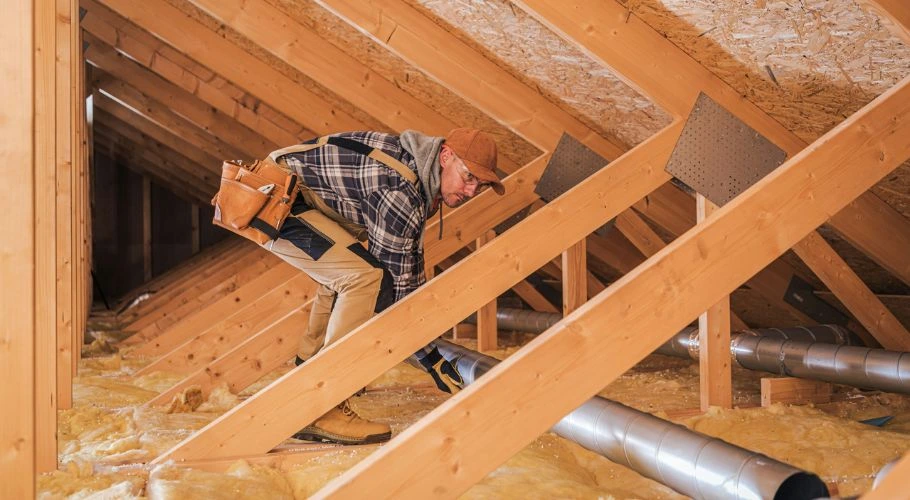
Upgrading your roof ventilation goes beyond adding more vents. It needs to be done right. Otherwise, you could throw the whole system off and still end up with the same attic space ventilation problems.
Before making any changes:
1. Know Your Attic’s Size
Ventilation is based on how big your attic space is. You’ll usually need one square foot of vent area for every 150 square feet of attic space. Half of that should be intake vents (these pull in fresh air, like soffit vents), and the other half should be exhaust vents (these push the hot air out, like ridge vents or gable vents).
2. Think About Balance
More vents don’t always mean better airflow. You need the right balance between intake and exhaust vents. Too many exhaust vents without intake ventilation? The system can’t function properly. The same goes for too much intake and not enough exhaust ventilation.
3. Check What You Already Have
You might already have a few vents, but if they’re blocked, undersized, or in the wrong spots, they’re not doing much. Start with an inspection to see what’s going on up there before committing to anything big.
4. Consider Roof Shape and Slope
Different roof shapes work better with different ventilation styles. For example, a steep gable roof might benefit more from gable vents and ridge vents. Meanwhile, a low-slope roof might need a different setup entirely. We recommend having professionals take a look so they can help make sure you get adequate intake ventilation and exhaust ventilation that’s just right for your house’s style.
5. Consider Climate Concerns
Oklahoma’s temperature swings mean your ventilation system needs to provide air circulation year-round. What works great in other states might not make sense here, so it’s really important to consider your location’s climate. This way, your ventilation can properly handle both heat and freezing temperatures.
Top Options for Upgrading Your Roof Ventilation System
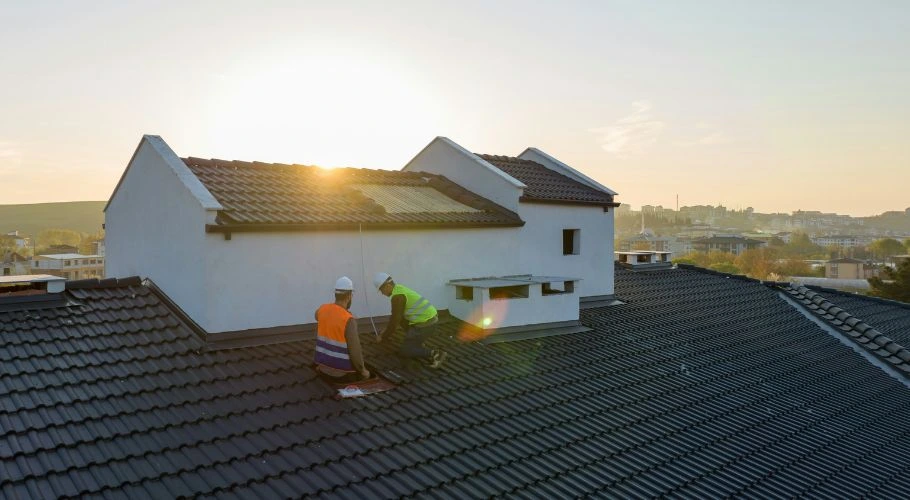
Now, you’re probably wondering: what are the actual options? What kind of vents should you consider? These are some of the top choices, along with what they’re good for:
1. Ridge Vents
These vents run along the top of the roof (the roof’s ridge line). When paired with soffit vents, they create a natural flow: cool air gets pulled in from the bottom, and hot air rises and exits through the ridge. They blend in with the roof, don’t rely on electricity, and are great for most modern homes.
2. Soffit Vents
These are installed underneath the roof eaves and act as your intake vents. You need these to make ridge or exhaust vents actually work. Without soffit vents, nothing pulls in fresh air, and you’ve got a one-sided system. They come in different forms, like continuous vents or individual squares.
3. Gable Vents
These are the triangle-shaped vents you sometimes see on the sides of houses, near the attic peak. They can work well on certain roof shapes and are often used as part of a hybrid system. They let hot air escape through the ends rather than the top.
4. Turbine Vents (aka Whirlybirds)
You’ve probably seen these spinning on top of older homes. They use wind to create suction and pull hot air out. They’re not a bad choice if you live in a windy spot, but they do require maintenance and can be noisy if they wear down.
5. Solar Attic Fans or Electric Attic Fans
These powered attic vents actively pull hot air out of your attic. They’re especially useful if your passive attic ventilation isn’t cutting it. Solar-powered battery fans are popular because they’re great for savings. In fact, powered vents are some of the most common modern choices in Oklahoma.
What the Upgrade Process Looks Like
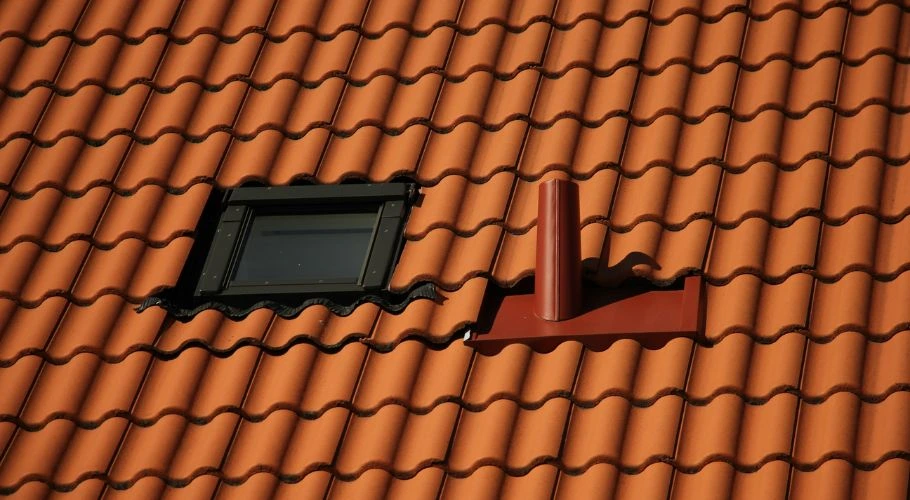
If you do decide to upgrade, here is a simple look at what the whole process usually involves:
1. Start With an Inspection
First things first: your roofing system and attic need a proper inspection. Inspectors usually check the attic’s temperature, look for signs of moisture, and see how much venting you’ve got, and where. They also check for things like insulation blocking the vents or damage to the roof decking.
2. Do the Calculations
Have a professional calculate the correct amount of intake and exhaust venting based on your attic size and shape. This way, you get the most adequate attic ventilation for your specific space, whether it’s an active ventilation system or a passive ventilation system.
3. Install or Swap Out Your Ventilation System
Add vents where they’re needed or replace old ones that aren’t working well. If your soffit vents are too small or too few, it’s best to adjust the system as needed. This is also the time to make sure your attic has proper insulation.
4. Test the Air Flow
Once everything’s in place, check how air moves through the attic to make sure it’s flowing the way it should. If anything needs adjusting, like redirecting insulation or tweaking fan settings, let your contractor know so it can be fixed right away.
5. Think About Maintenance
Ventilation doesn’t need a lot of maintenance, but it does need the occasional check-up. Keep an eye on things like dust buildup, pests, or blocked vents, and how to keep everything running smoothly.
Other Things to Watch For
While you’re thinking about ventilation, here are a few extra things that often get overlooked:
Dryer vents or bathroom fans dumping air into the attic: These should be vented outside, not into the attic. That adds a lot of moisture to the air.
Insulation blocking soffit vents: We see this all the time. It kills airflow and makes the whole system pointless.
Mixed vent systems that cancel each other out: For example, having gable vents and ridge vents that pull air against each other instead of working together.
Old vent systems on new roofs: Sometimes, homeowners choose to go for a roof replacement, but the ventilation system doesn’t get updated to match the new structure. That can lead to all sorts of inefficiencies.
Thinking of Upgrading Your Roof Along With Your Ventilation System?
The ultimate secret to avoiding costly repairs and having an energy-efficient home is a well-planned combination of great roofing and adequate ventilation. So if you’re looking for a roofing contractor to handle home improvement services in Oklahoma City, look no further than Robbins Roofing!
Visit our website or contact us today to learn more.

